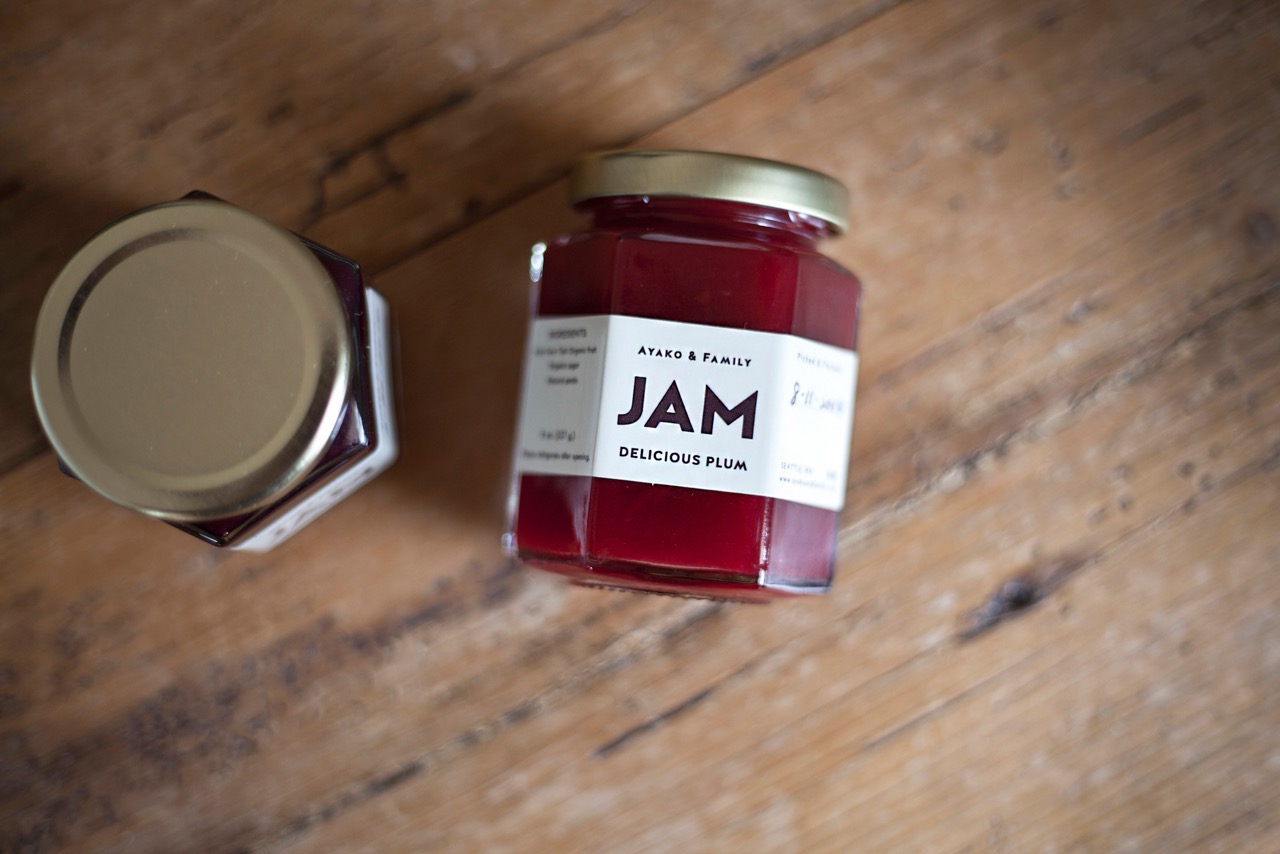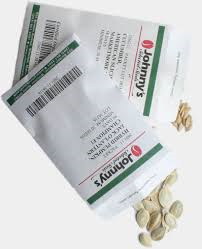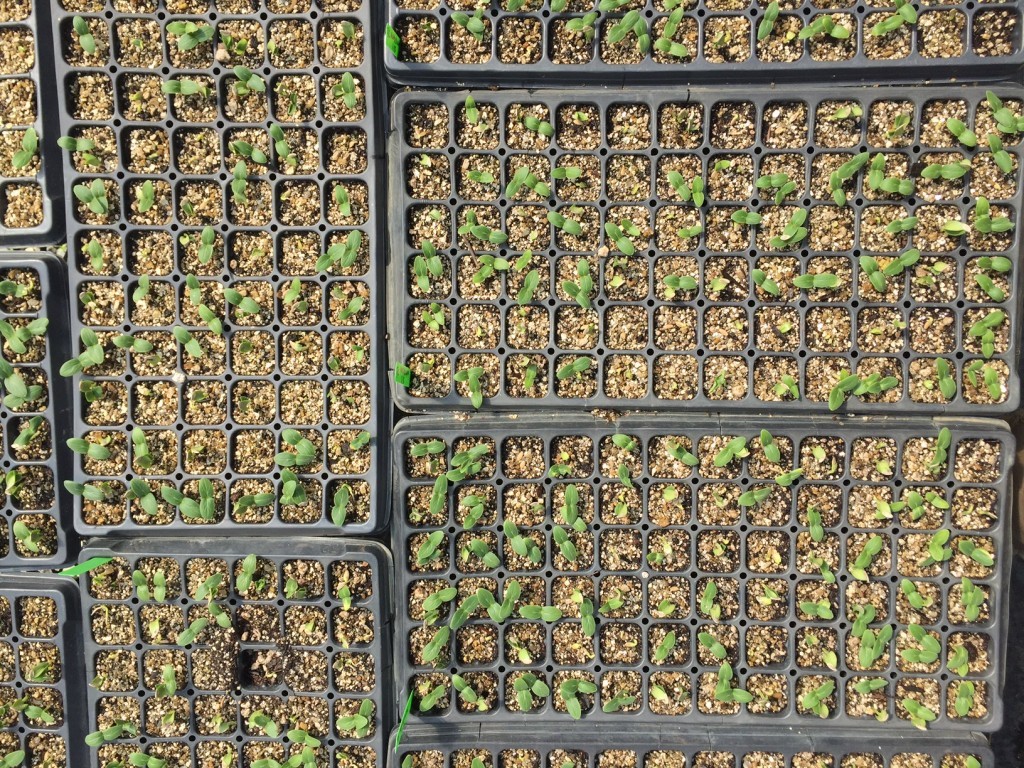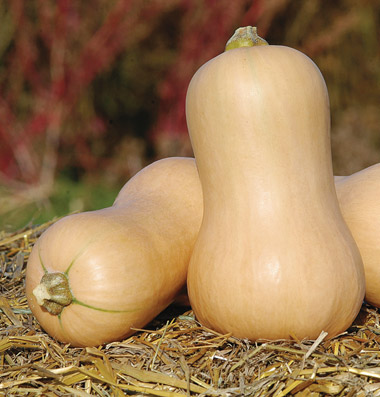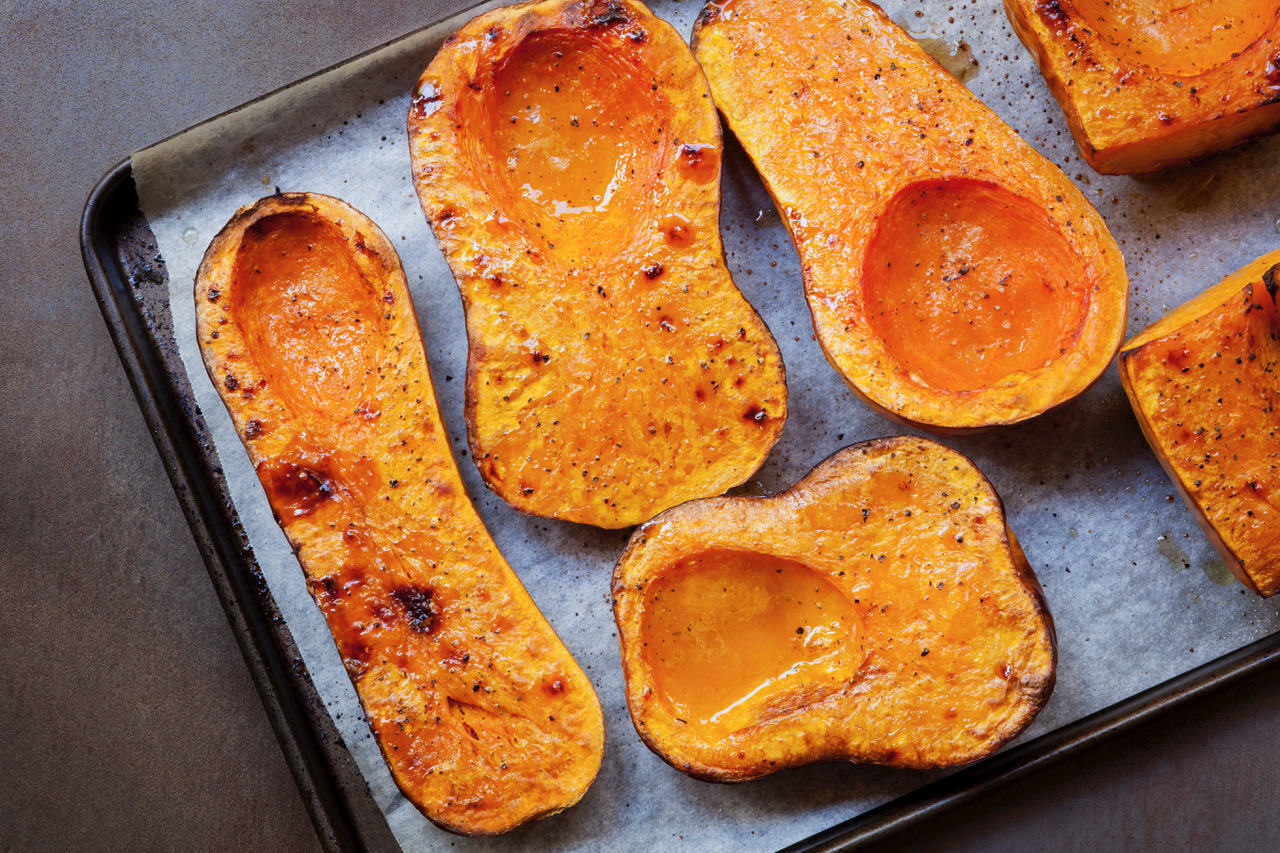“There are many good olive oils out there, but few that are exceptional, especially at a reasonable price. I tried Azeite Esplendido at the Fancy Food Show earlier this year and was blown away. Sheila Fitzgerald, the importer, impressed me with her passion and knowledge for all things olive oil, from its health benefits to the advantages of small-scale artisanal production. I love the balance this oil has. It’s assertive, with that great peppery spice, not bitter, and low in acidity. I am proud to add Azeite Esplendido to the small curated line of products we carry at Macrina.”
Leslie
Azeite Esplendido: Gold-Medal Winning Olive Oil from Portugal
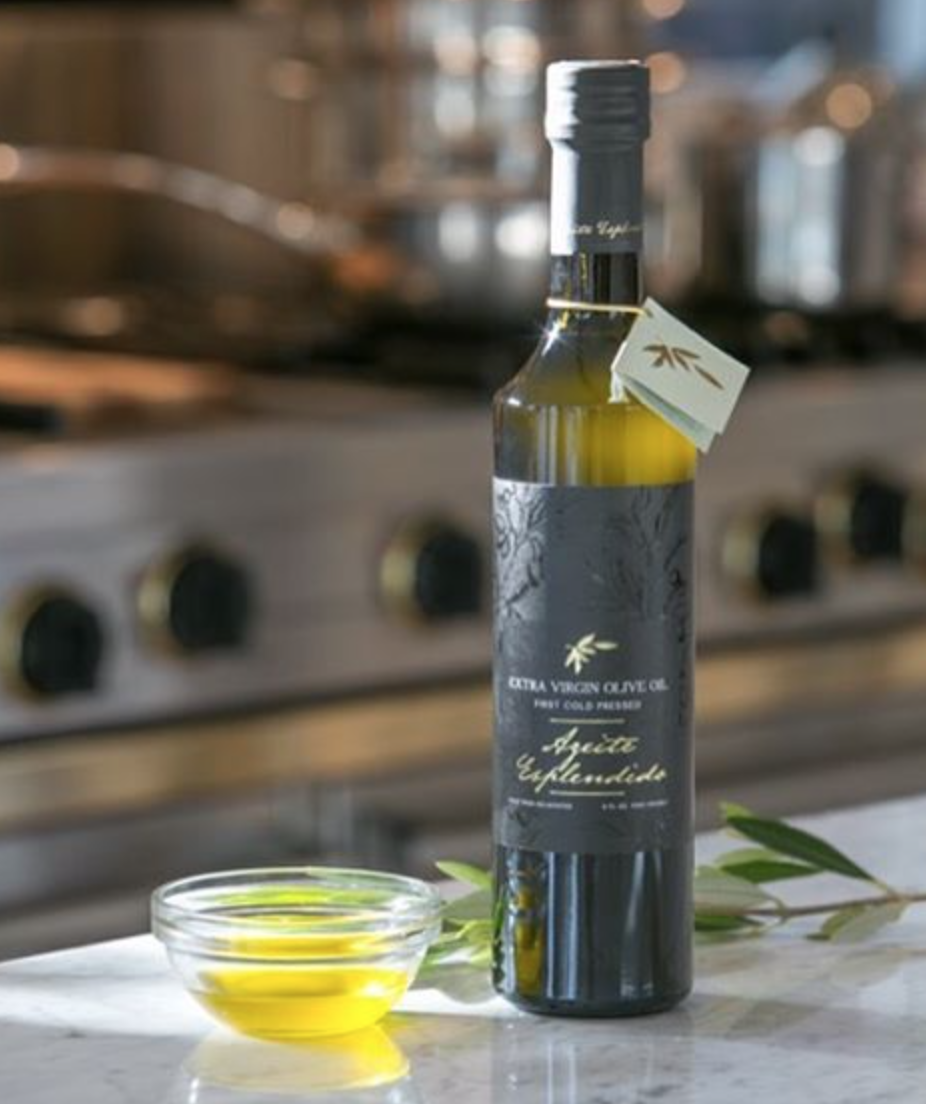
A great extra virgin olive oil is as different from the typical pale yellow stuff sold in supermarkets as pure maple syrup is from Aunt Jemima’s. Good olive oil is alive and peppery, not bitter, and taken straight can make you cough. If you’re accustomed to bland commodity olive oil one spoonful of the real thing will transport you to another gustatory plane where flavor defies known parameters.
That’s sort of what happened when Seattle resident Sheila Fitzgerald was hiking through northern Portugal en route to the shrine of Santiago de Compostela in 2012. In the high hills above the Douro Valley, a soaring majestic patchwork of cultivated agriculture and natural, craggy slopes, she found herself in a grove of olive trees. Some had massive trunks, their limbs twisted and magnificent with age. She introduced herself to the property owner, Henrique Cardoso, a fourth-generation farmer, who then introduced her to his olive oil.
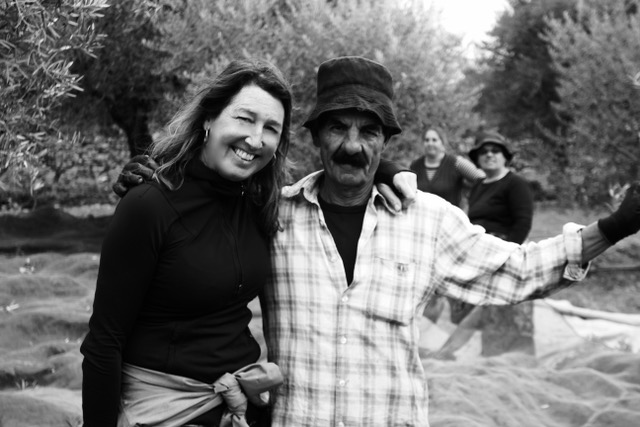 “I knew good olive oil, but I’d never tasted anything like his,” Sheila says. “The golden-green oil had a peppery spiciness to it, no bitterness, and a complexity and balance that I’d never experienced.”
“I knew good olive oil, but I’d never tasted anything like his,” Sheila says. “The golden-green oil had a peppery spiciness to it, no bitterness, and a complexity and balance that I’d never experienced.”
That revelatory moment kicked off Sheila’s four-year journey to become the sole US importer of Henrique’s olive oil. The first challenge was winning Henrique’s trust, persuading him that she would uphold his fierce commitment to quality. Next came an extended process of gaining FDA approval, an involved study of the existing US market, selecting bottles, and designing a label.
Since that first visit, Sheila has been back many times, including at harvest time, which starts in November and goes through January.
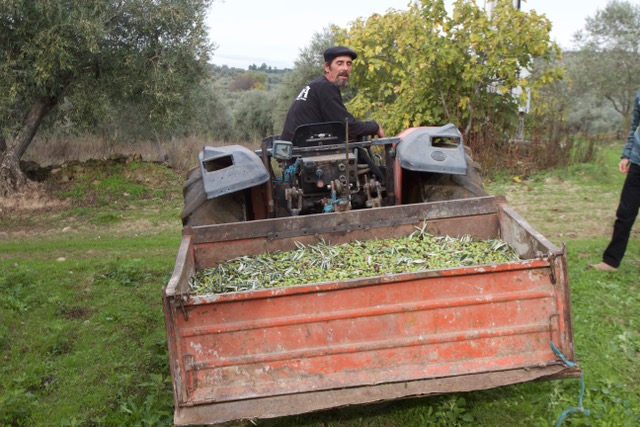
“Henrique picks his olives early and makes Azeite Esplendido from the first harvest,” Sheila says. “That means the olive is picked when they’re very green. Most farmers wait until the olives get plumper. That way they get more oil out of it. But the olive loses flavor as it ripens. My oil has a peppery spiciness to it. That’s indicative of an early harvest. It can bring tears to your eyes, even make you cough. That’s a good thing.”
Harvest is a time of celebration. An autumnal chill in the air, the groves often laced with tendrils of fog, pickers go from tree to tree using long rakes to pull the olives into nets. An old tractor hauls them to the press, no longer one of the picturesque stone mills, but a state-of-the-art stainless steel centrifuge.
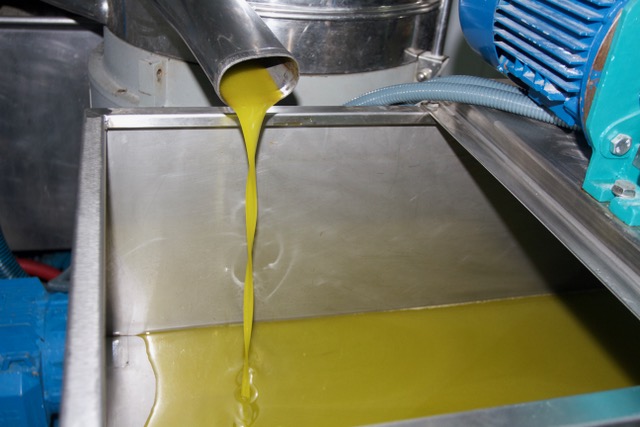
“The olives are washed then ground into a mash before they’re dumped into the centrifuge,” Sheila says. “Henrique continually adjusts the revolutions per second, which changes the oil. He’s always testing it.”
Before the bottling, which is done within twelve hours of pressing, comes the blending. Azeite Esplendido is composed of first cold-pressed oil from four types of olives: Transmontona Verdeal, Cobrançosa, Cordovil, and Madural.
Sheila says, “Henrique guards the percentage of each olive in the blend. It’s the secret to his recipe. Along with picking at the right time, carefully monitoring of the oil extraction, and cultivating the best trees.”
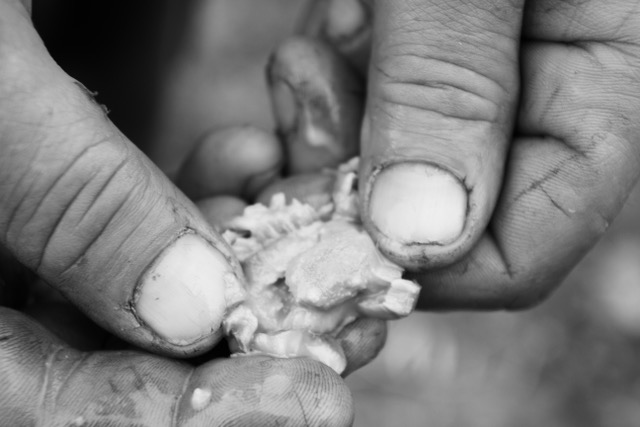
The Tras-os-Montes region, where the farm is located, is one of the six protected designation of origin (DOP) zones in Portugal. The microclimate and soil make it an ideal place for olive trees. On Henrique’s farm, the trees are widely spaced to allow each tree plenty of sun and wind and rain. Some of the trees are five to six hundred years old. These are called the mother trees. Around their base workers mound extra dirt. When new shoots come up they are transplanted, hence the name mother tree. The trees are not irrigated.
Sheila says, “Henrique told me doesn’t want to babysit his trees. It’s survival of the fittest. If it can’t grow there, he doesn’t want it.”
While Italy’s olive trees suffered through a terrible year in 2016 that halved production, Henrique’s groves fared well.
“Olive oil is a live product. It changes over time,” Sheila says. “It’s dependent on fluctuations in the weather. The new harvest is so bright green. Henrique tasted the oil at bottling and said, ‘My olive oil is so good this year we’re gonna blow the dishes off the wall.’ It wasn’t a translation issue. That’s his expression. No one makes olive oil like he does.”
Last April, at the New York International Olive Oil Competition, 827 olive oil entries from 26 countries were judged. Azeite Espledido took home the top honor, a gold medal.
Macrina is proud to carry this fine olive oil. Buy a bottle and a loaf of your favorite crusty bread, puddle a bit of oil on a plate and dip. Will it blow the dishes off the wall? Probably not. But it just might blow you away.
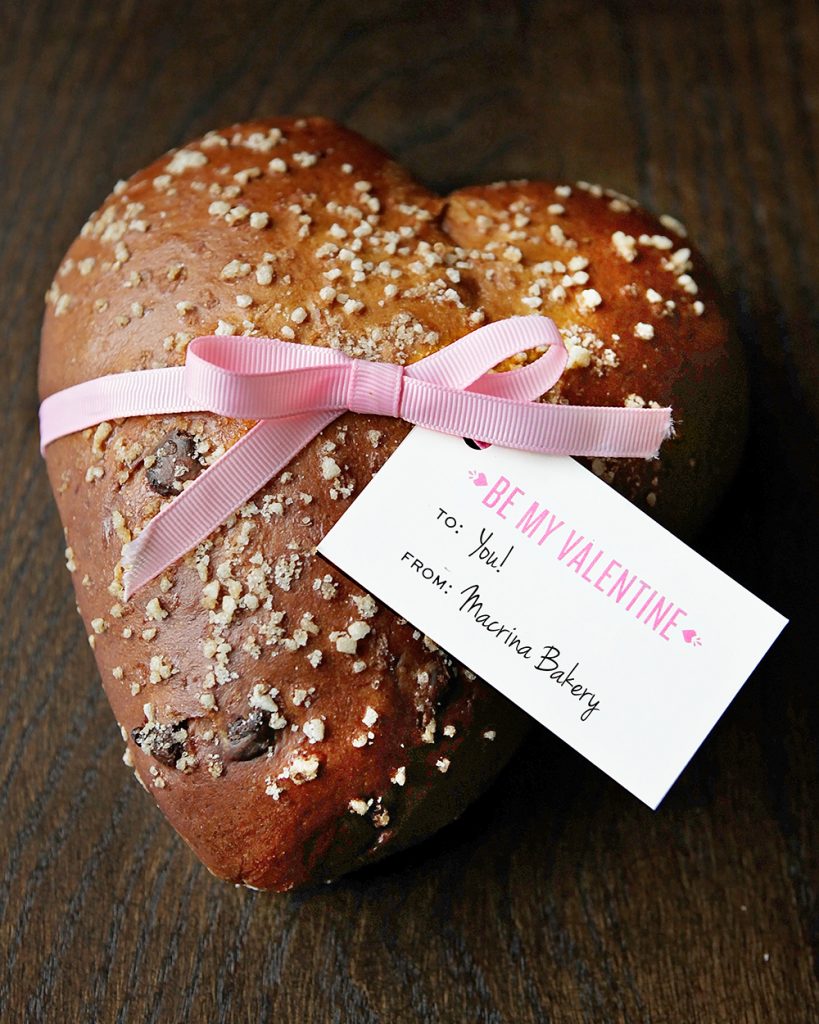
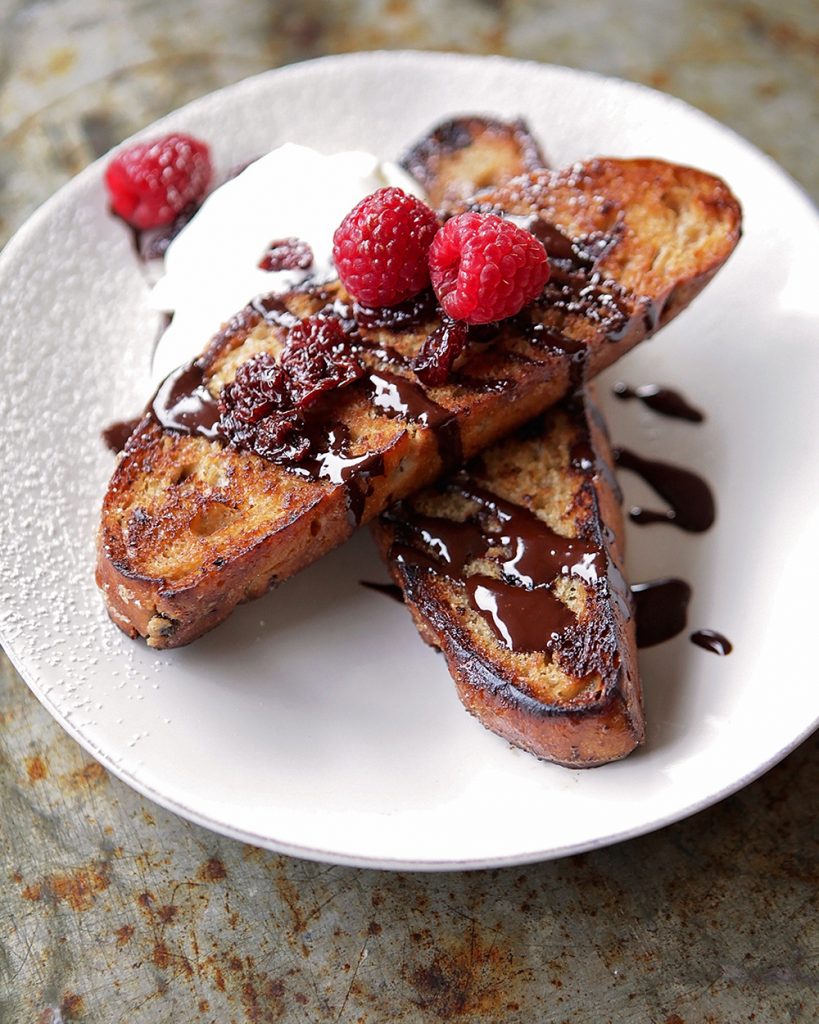

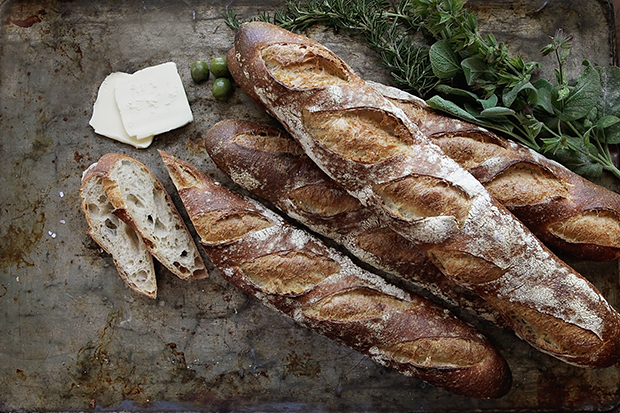

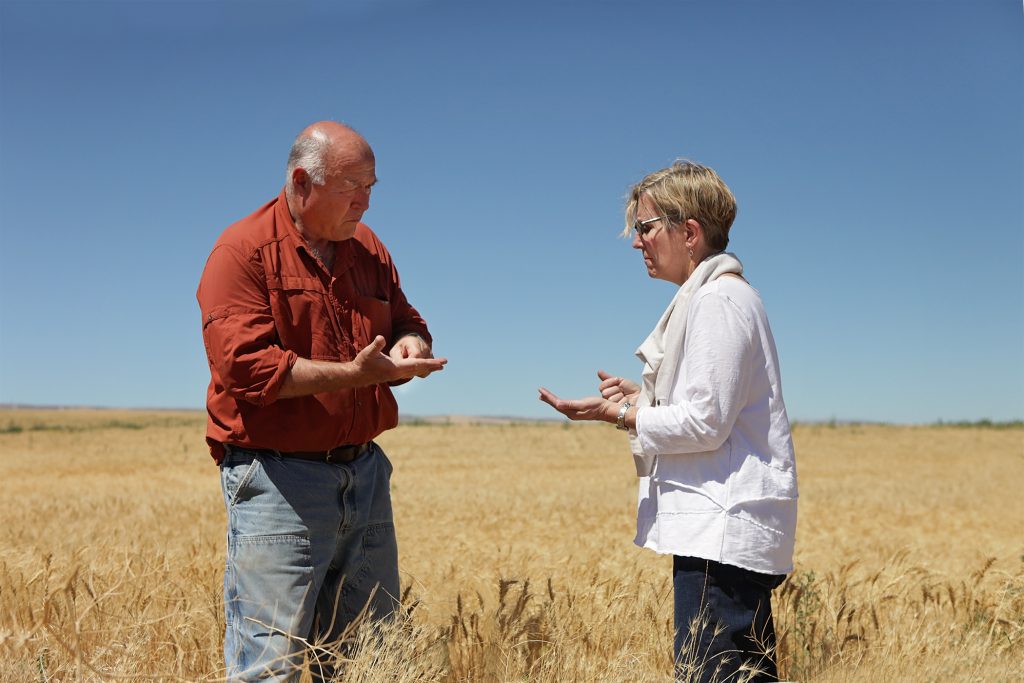
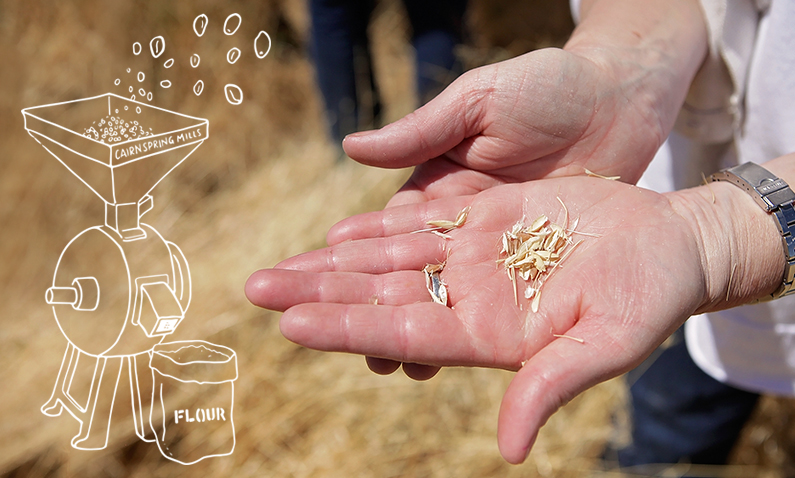
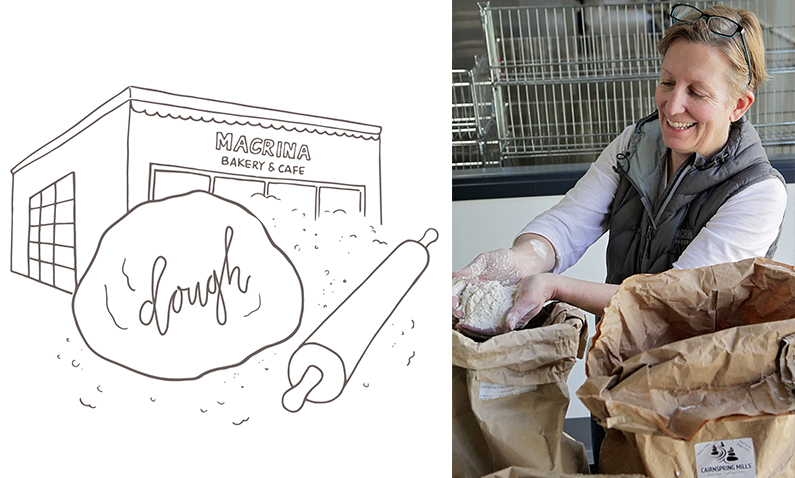
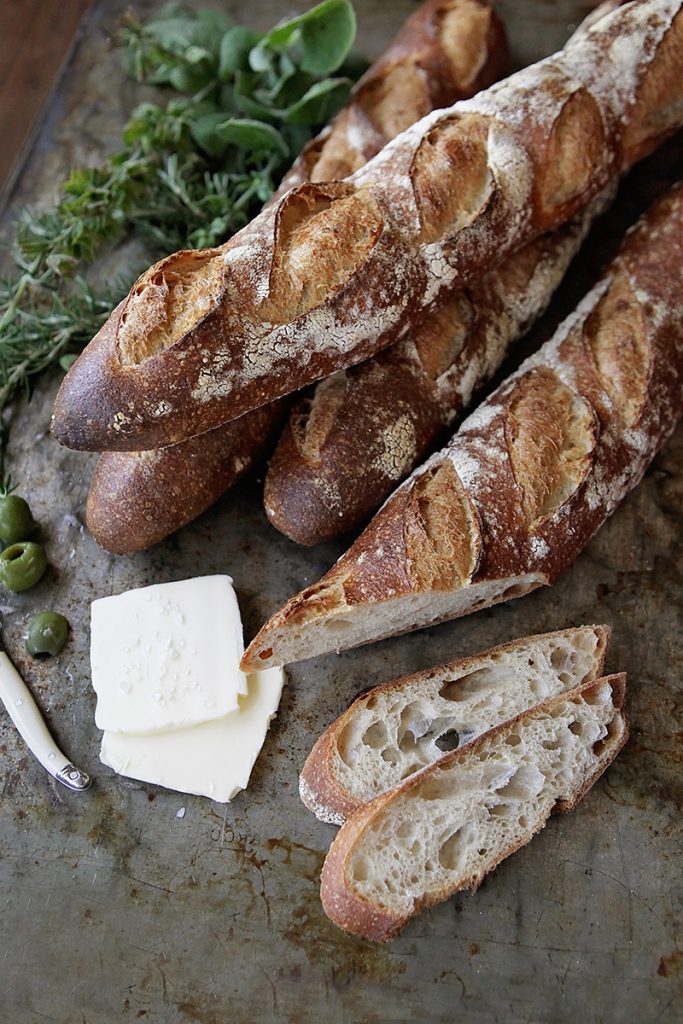
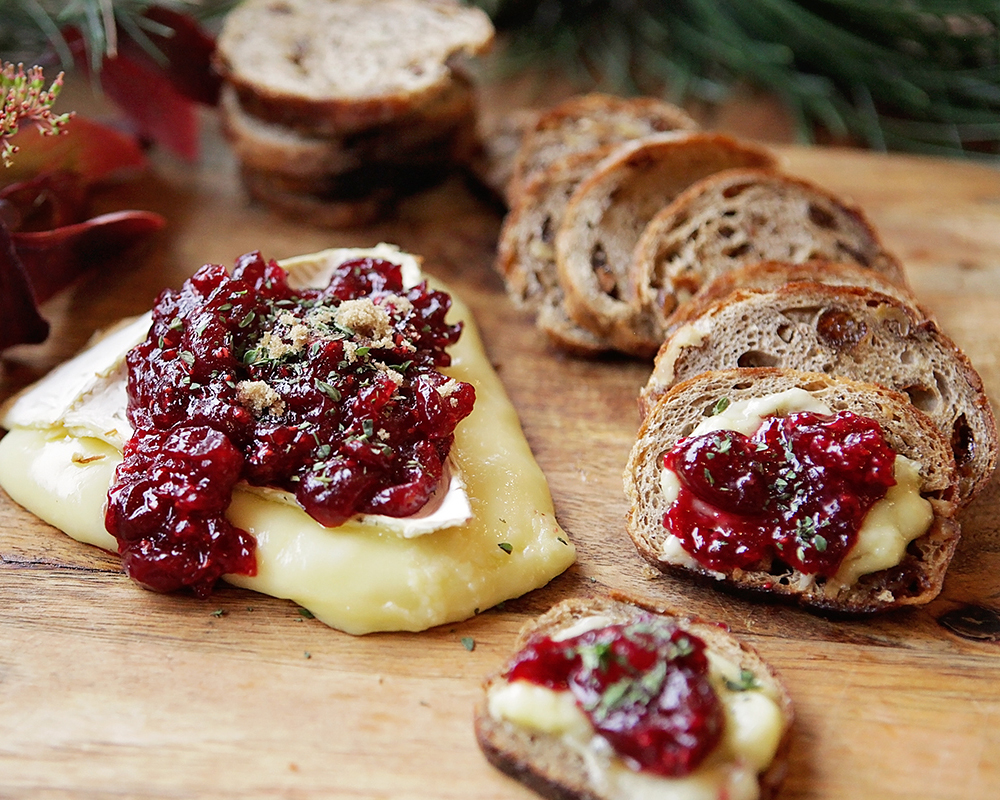
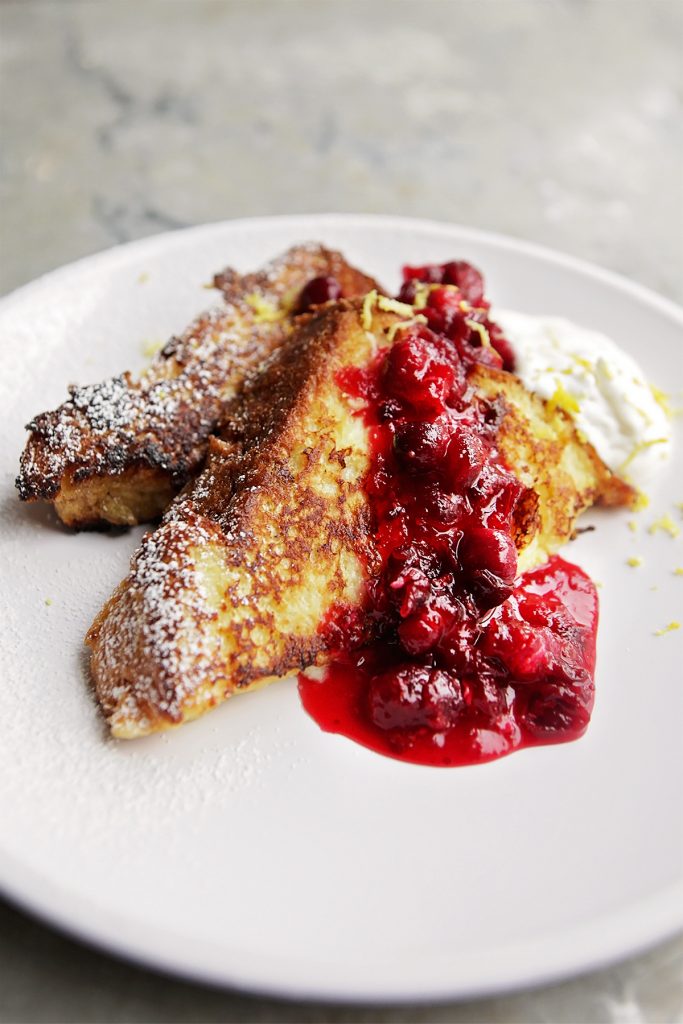
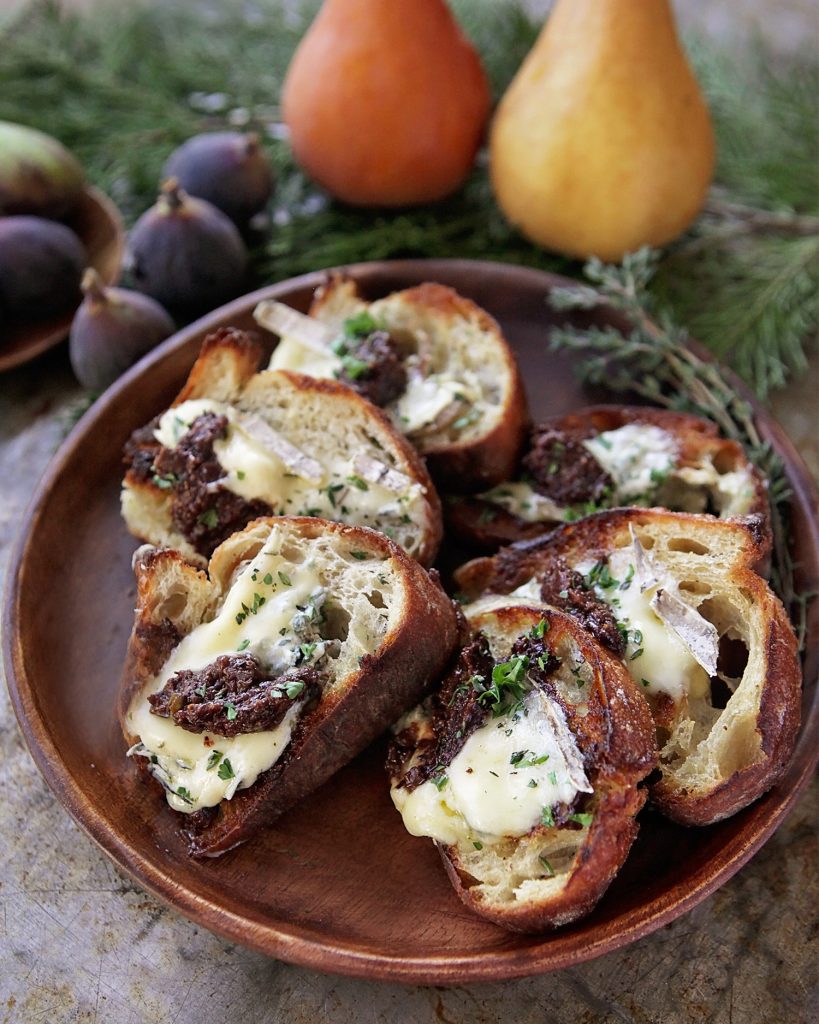
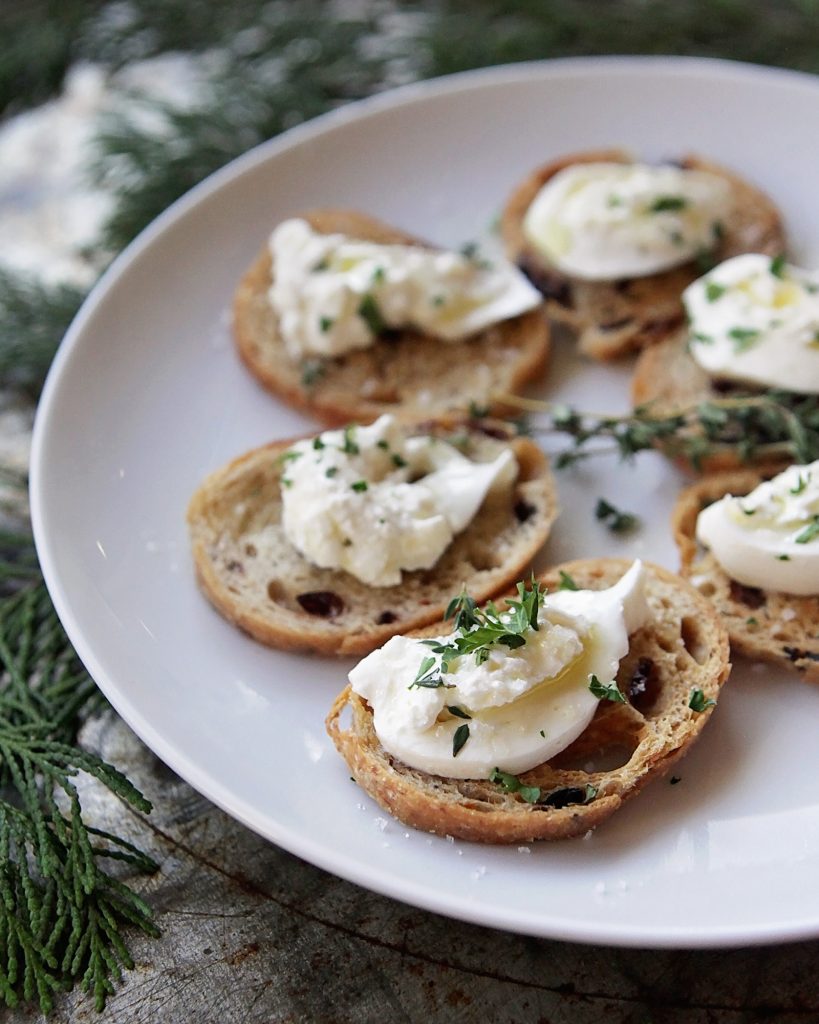
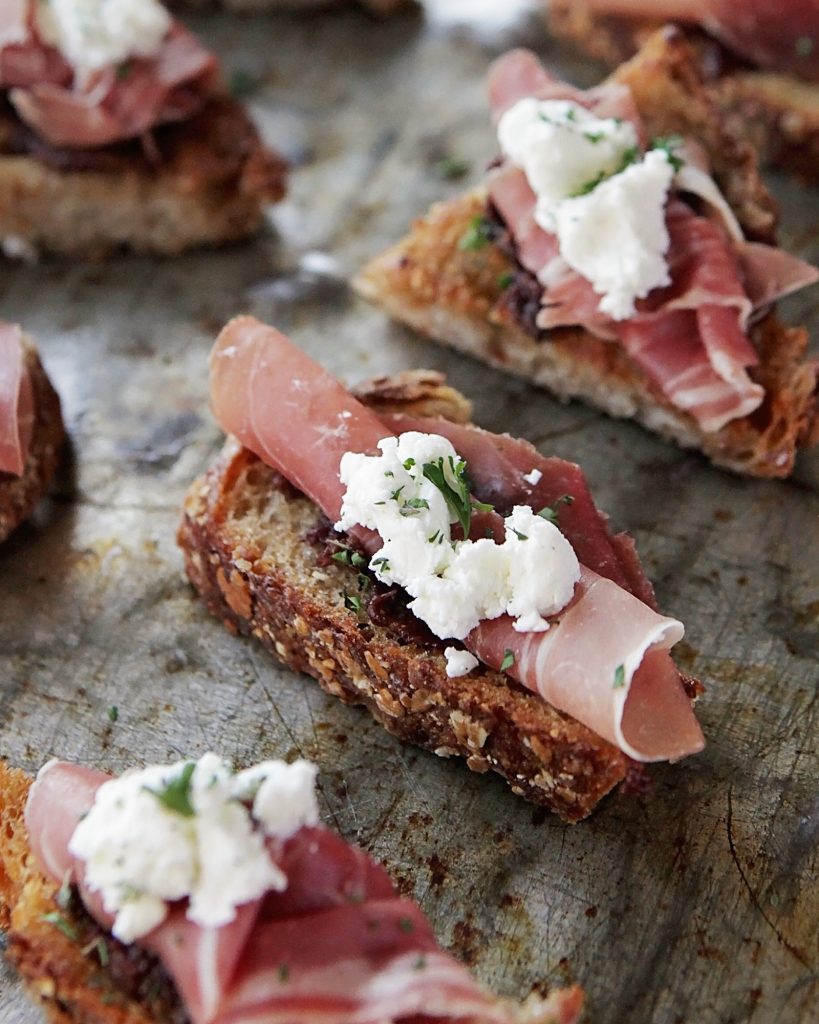
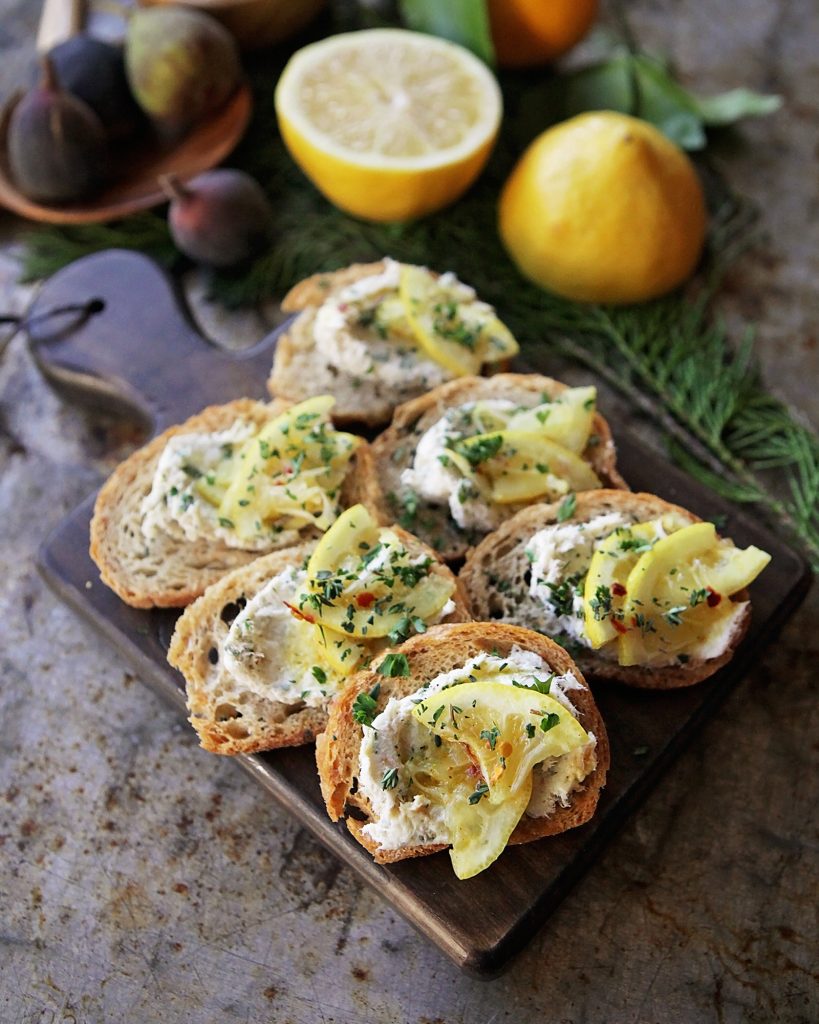



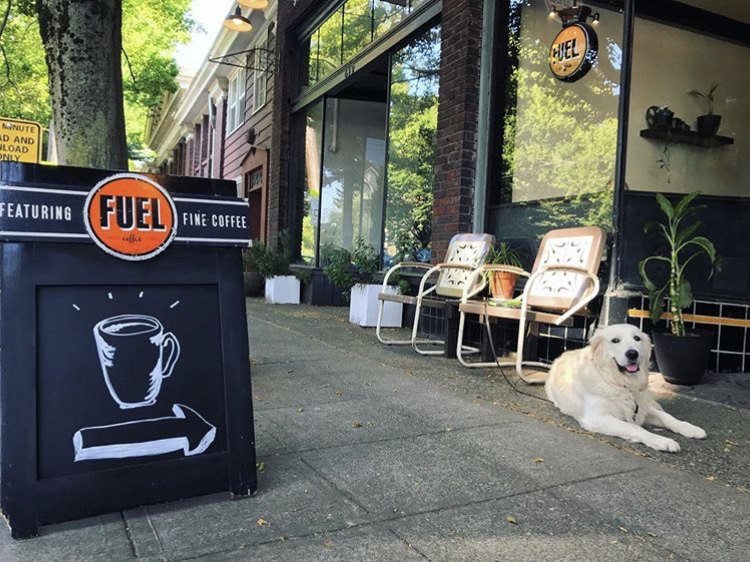
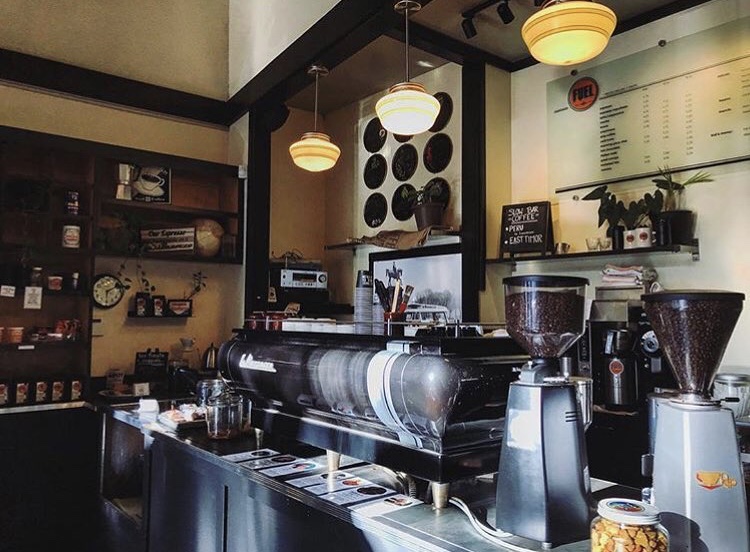


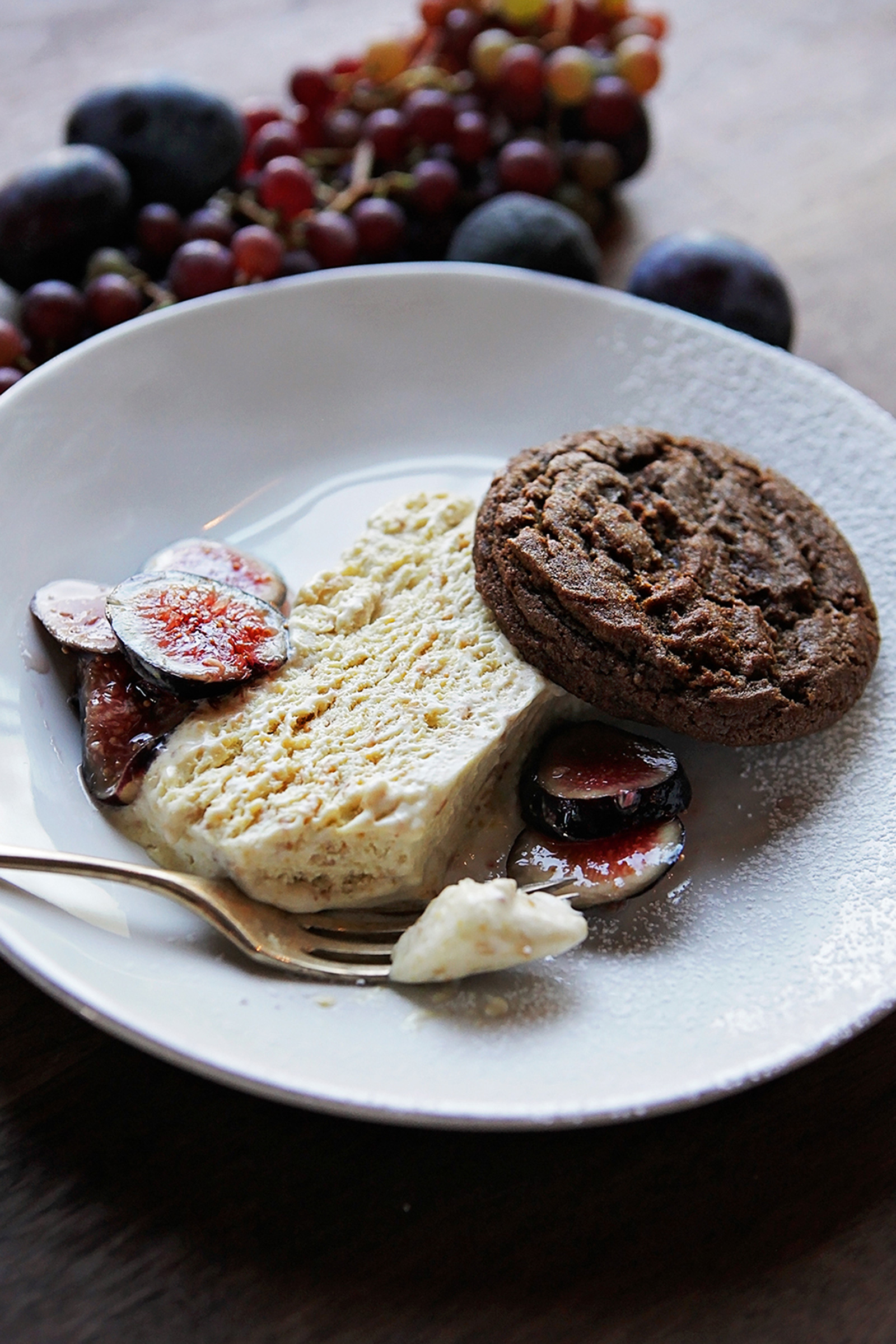

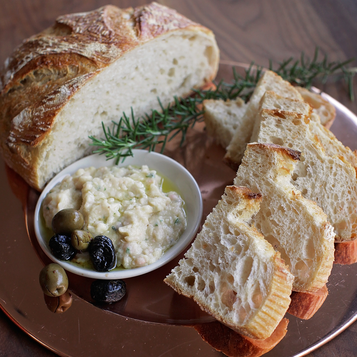
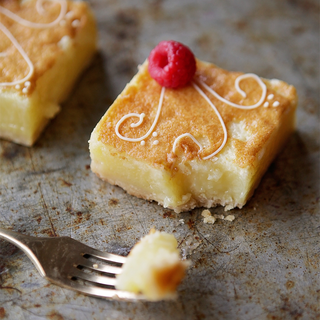
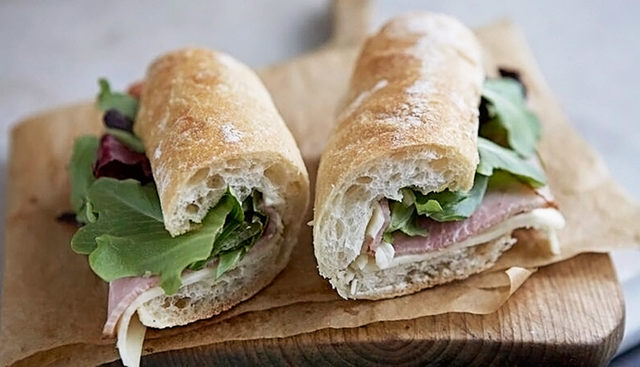
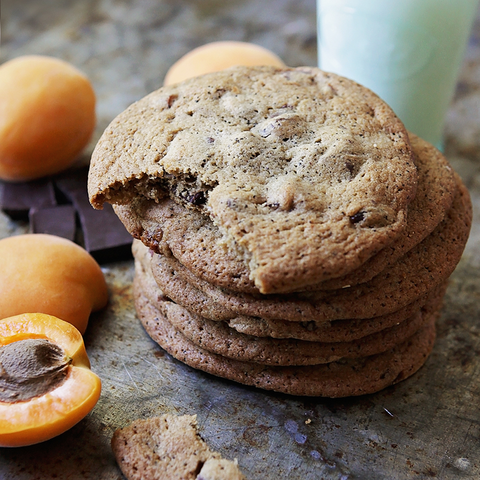
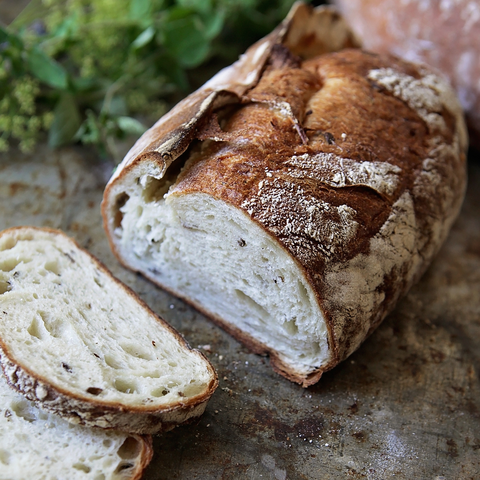
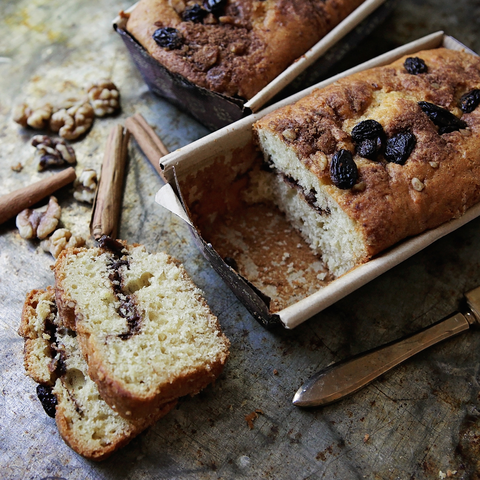
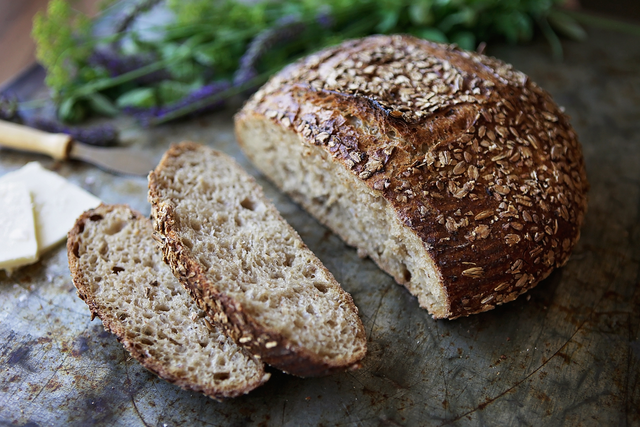
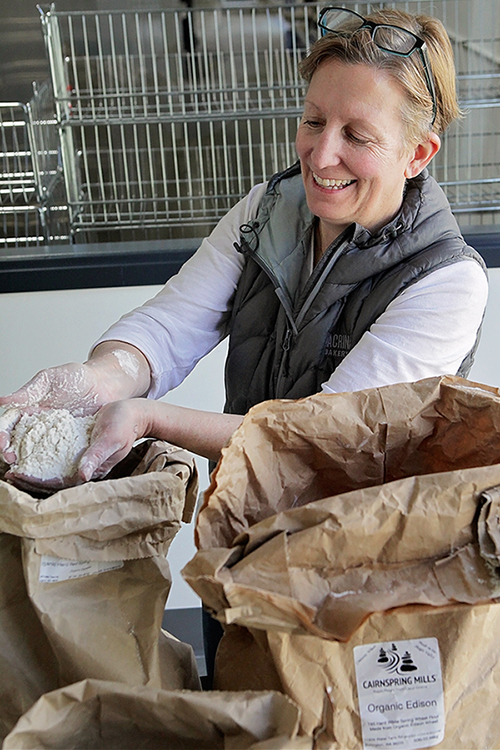
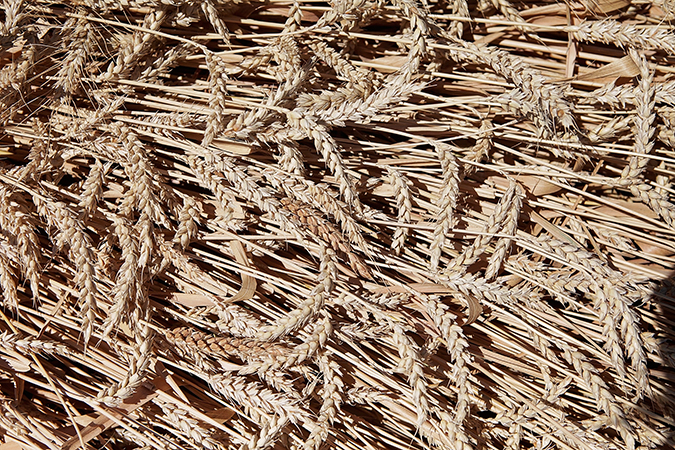
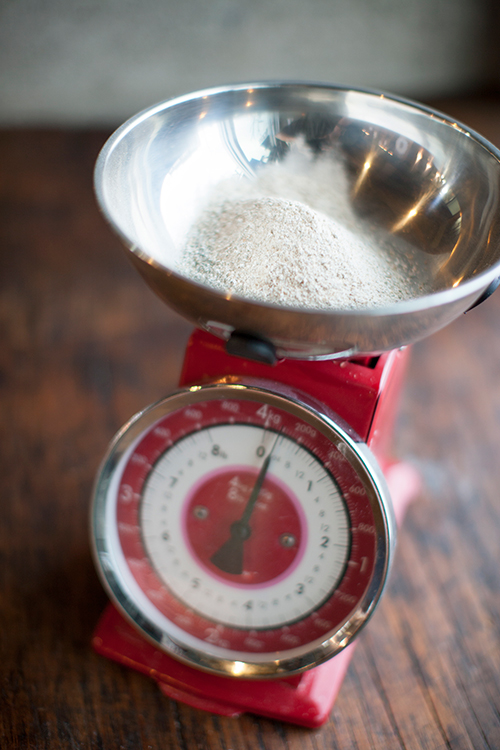

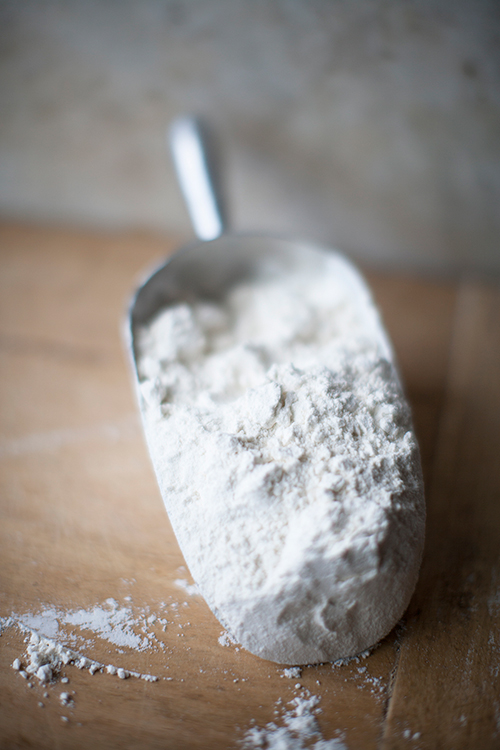

 “I knew good olive oil, but I’d never tasted anything like his,” Sheila says. “The golden-green oil had a peppery spiciness to it, no bitterness, and a complexity and balance that I’d never experienced.”
“I knew good olive oil, but I’d never tasted anything like his,” Sheila says. “The golden-green oil had a peppery spiciness to it, no bitterness, and a complexity and balance that I’d never experienced.”


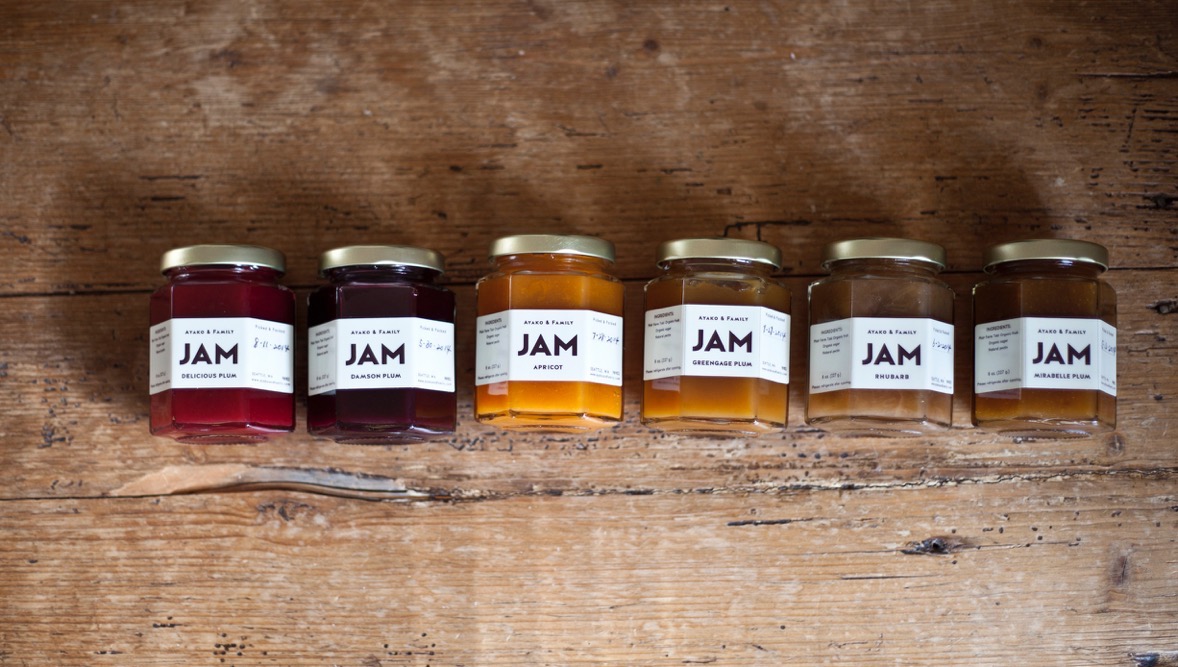
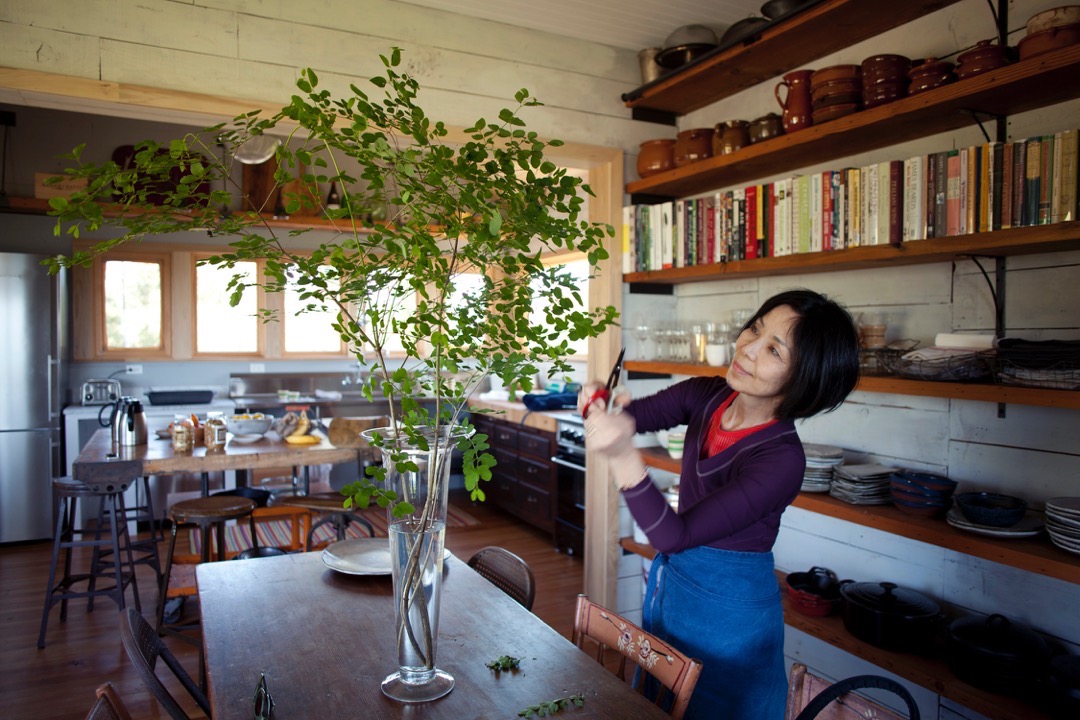 For such a small, artisan producer news of her remarkable jam has spread from coast to coast through national press, including the New York Times. Web orders from across the country have filtered in and a few small business owners enchanted with the jam and Washington small-farm agriculture now retail the colorful hexagonal jars of jam.
For such a small, artisan producer news of her remarkable jam has spread from coast to coast through national press, including the New York Times. Web orders from across the country have filtered in and a few small business owners enchanted with the jam and Washington small-farm agriculture now retail the colorful hexagonal jars of jam.